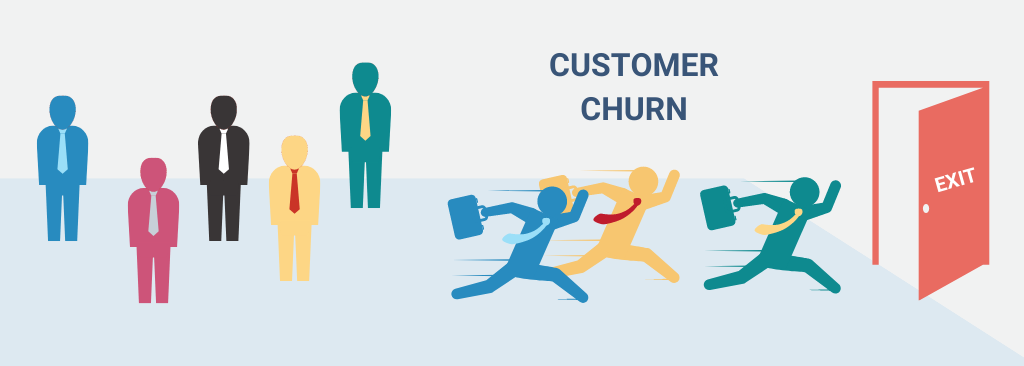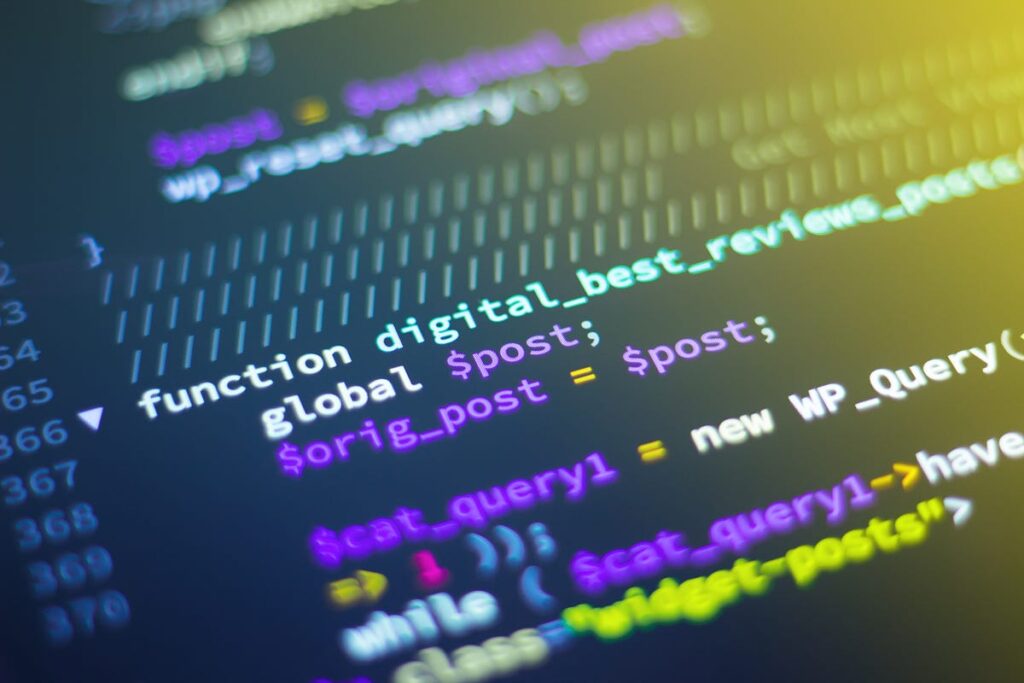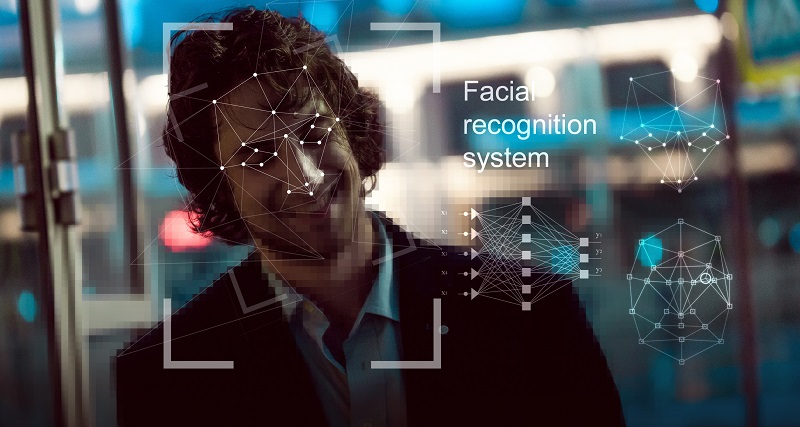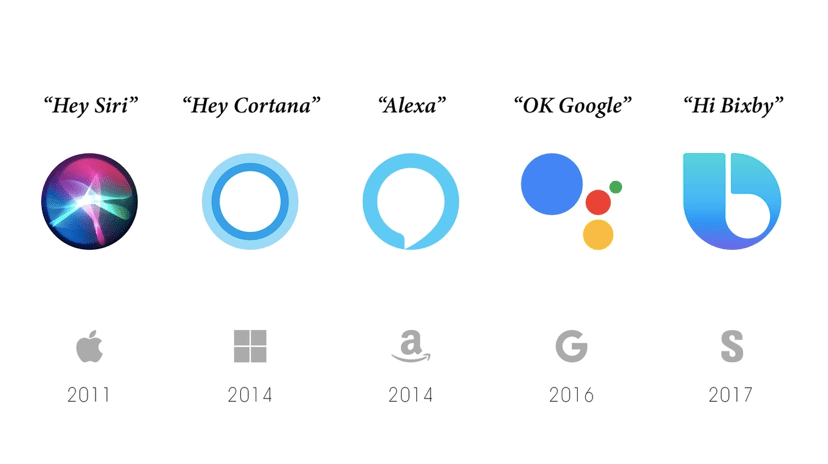Okay, let’s get one thing out of the way. Supervised machine learning sounds like a term your professor might throw at you right before midterms, right? But trust me, it’s not that scary. You’ve probably used it or been used by it dozens of times without even knowing. There are countless supervised machine learning examples all around you, yes, even in your daily routine!
What Is Supervised Machine Learning?
Supervised learning is a type of machine learning where a model learns from labeled data. Think of it like a student learning from a teacher. You (the teacher) give the student (the algorithm) examples with correct answers, and it tries to learn the pattern. Once it gets the hang of it, you throw a new question at it and boom! It tries to predict the answer.
Let’s break it down into real-world examples.
Real-Life Examples of Supervised Machine Learning
Email Spam Detection
Every time Gmail filters out that “You’ve won a million dollars!” email, supervised learning is doing its job. The model examines thousands, probably millions of emails marked as spam or not spam. Over time, it spots the patterns: sketchy subject lines, suspicious links, or ALL CAPS.
- The dataset: Thousands of emails labeled as “spam” or “not spam.”
- The goal: Train a model to classify future emails accurately.
Marking emails as “Spam” or “Not Spam” improves the model continuously.
Credit Card Fraud Detection
Ever received a “Was this you?” notification from your bank at 3 AM? Supervised learning is behind that. Models study past transactions marked as fraudulent or legitimate and flag any out-of-the-ordinary purchases.
- The dataset: Transactions labeled as “fraud” or “legit.”
- The result: A model that helps catch suspicious activity.
These systems operate in real time and are critical in preventing theft.
Customer Churn Prediction

Running a subscription service and worried about losing customers? Supervised learning predicts which users are likely to cancel based on their usage, support tickets, or inactivity.
- The dataset: Customer records labeled “churned” or “active.”
- Why it matters: Helps businesses keep customers with timely offers.
These models allow businesses to craft personalized strategies.
Medical Diagnosis
Supervised learning assists in medical diagnosis by analyzing patient records labeled with diseases. It helps doctors detect illness based on patterns in symptoms and test results.
- The dataset: Patient histories labeled with specific diagnoses.
- Real-world benefit: Earlier and more accurate diagnosis.
These models often serve as a second opinion, especially in complex cases.
Product Recommendation Systems

Wonder how Netflix suggests your next favorite show? Supervised learning studies your viewing behavior and that of others to deliver personalized recommendations.
- The dataset: Viewing habits labeled with ratings, likes, or watch time.
- Outcome: Recommendations tailored to your preferences.
This helps reduce the time you spend scrolling endlessly.
Image Recognition for Security

Face unlock? That’s supervised learning, too. It’s trained using labeled images to recognize unique facial features.
- The dataset: A vast set of labeled facial images.
- Use case: Device unlocks, surveillance systems, biometric checks.
With more diverse data, these systems become increasingly accurate.
Speech Recognition

When you tell Siri to set an alarm or ask Alexa about the weather, supervised learning is working behind the scenes. It converts speech into text by matching sound patterns.
- The dataset: Audio clips labeled with corresponding text.
- The perk: Natural voice interactions with devices.
The more you use them, the better they get at understanding your voice.
Loan Approval Systems
Banks use supervised learning to evaluate loan applications. Past applications labeled “approved” or “denied” help predict outcomes for new applicants.
- The dataset: Labeled loan applications.
- Bonus: Speeds up the decision-making process.
Properly trained models can reduce human bias in the approval process.
Sentiment Analysis
Tools that say, “This tweet is 89% positive”? That’s sentiment analysis using supervised learning on labeled text data.
- The dataset: Posts and reviews labeled by sentiment.
- Purpose: Track public opinion and customer satisfaction.
It’s often used in customer service to identify and prioritize complaints.
Weather Prediction
Meteorologists rely on data and machine learning, not just gut feelings. Past weather data labeled with outcomes helps create accurate forecasts.
- The dataset: Historical weather patterns and labeled results.
- Why we care: Helps plan events and prevent weather-related mishaps.
In agriculture and logistics, these predictions are crucial for planning.
Conclusion: Supervised Machine Learning in Real Life
Supervised machine learning isn’t limited to academic research, ch it’s embedded in everyday experiences. Whether you’re streaming shows, checking your bank account, or unlocking your phone, labeled data is helping models make decisions.
By learning from past examples, these systems can predict future outcomes more effectively than we can alone. As the technology evolves, so will its ability to simplify and enhance our daily routines.
Keep this in mind the next time someone brings up “supervised machine learning.” You can say, “Oh yeah, like how my spam filter works,” and enjoy your newfound cred.
Frequently Asked Questions
1. What is supervised machine learning?
It’s a machine learning approach where models learn from labeled data to make future predictions.
2. How is it different from unsupervised learning?
Unsupervised learning uses unlabeled data to uncover patterns, while supervised learning uses examples with known outcomes.
3. What are common algorithms used?
Some popular ones include decision trees, support vector machines, and linear regression.
4. Is it used in daily life?
Yes, in spam filters, fraud detection, streaming services, and more.
5. Can beginners work with supervised learning?
Definitely! With tools like Python, Scikit-learn, or Alteryx, beginners can build models quickly and efficiently.